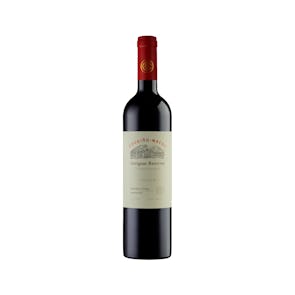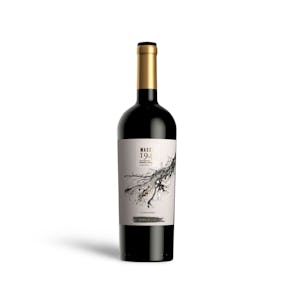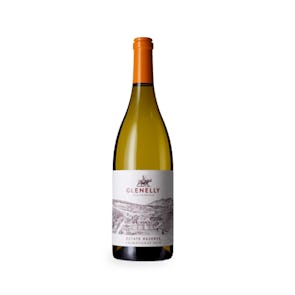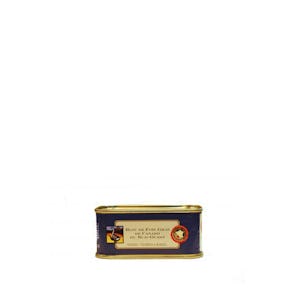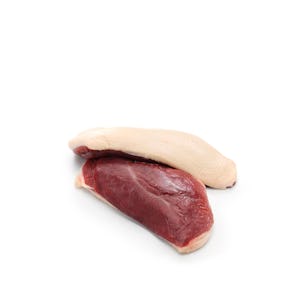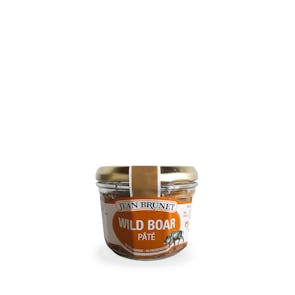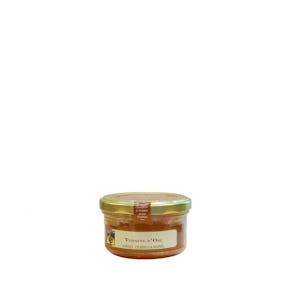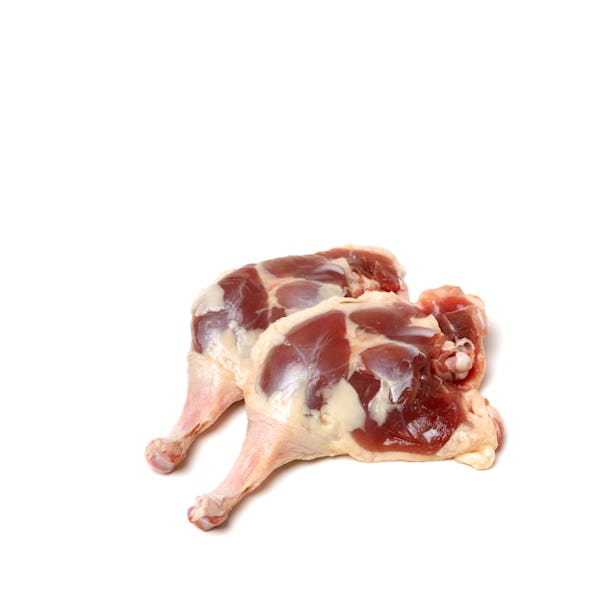
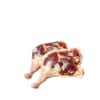
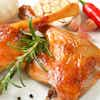
TASTING NOTES FROM THE CURATOR
These duck legs are primarily used to make confit, and the excess fat are usually used as drippings. It has a unique taste, with a creamy and tender texture. These Moulard duck legs are of incredible quality, succulent, fat, and flavorful.
PREPARATION AND PAIRINGS
A centuries-old French dish, duck confit is a preservation process that renders the duck so mouthwateringly fall-off-the-bone soft. And it’s actually not that complicated to do, and is versatile in its uses:
- • Combine salt and juniper berries (sprigs of rosemary are a great substitute) in a small bowl. On a baking sheet lined with parchment paper, place the duck legs and season generously with the salt mixture. Cover with cling film and chill overnight.
- • Rinse your duck legs and pat them dry once you take them out of the refrigerator. With a paring knife, make small pricks on the skin.
- • Remove the duck fat and melt it in a pot over medium heat, until a kitchen thermometer reads 200F. Add in the duck legs, some thyme, lemon slices, bay leaves, and garlic. Cook at a temperature of 190-200F, until the duck legs are tender, about 2 to 2½ hours.
Once the confit is ready, it can be used in a variety of ways. Put in your sandwiches, in salads, on your pasta, you name it! You can also roast it in an oven until crisp, and serve with a side of garlic potatoes or green beans.
HEAD ABOVE WATER, CONSTANTLY PADDLING
It was in the mid-1930s that Ernest and Constance Soulard begin what would be an incredibly successful endeavor. They convert stables into abattoirs, and Ernest works hard and patiently, the difficulty of the post-war period weighing down on everyone. They’re eight children help their mother pluck and gut the ducks that Ernest will bring home every day, getting them ready to sell.
When things had died down after the war, the family eventually invests in new equipment and new standard-compliant buildings. Ernest shifts his focus to the farming of Barbary duck and pigeons, and important point in the company’s history. The company grows even bigger, and in 1974, Ernest hands over the reins to their son, Joel, who is ambitious and determined. With his family giving full support, he pushes through with international growth, and the first export-certified building in France.
Today, the company remains faithful to its founder’s spirit and passion for quality. Watching carefully the changing consumer habits, and customer expectations, they remain, 80 years later, still top of the game.
Storage Instructions
Your cut of duck comes frozen and vacuum packed. Store in freezer. Thaw only when about to cook. Cooked leftover meat can only be kept in the fridge for 3 to 4 more days. Consume immediately.


